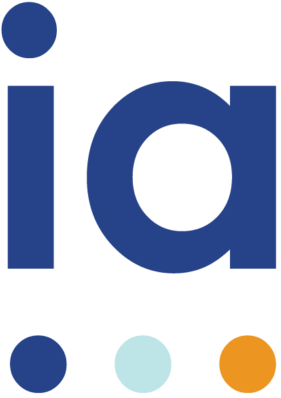Core HR
You’ve worked for days on a presentation for your company’s executives. They have asked for a few simple answers about the company’s people. You crunch the numbers, double-check your math, and present your findings in a PowerPoint presentation.
Everything goes perfectly — with one major exception: Finance delivered a report 20 minutes before you, and their numbers were completely different.
This is a common scene at most large companies. Different teams have access to different data, there’s no common language, and definitions for HR terms like “full-time employee” and “contractor” are a little fuzzy. When executives hear these discrepancies, they’re confused and lose confidence in everyone involved. Instead of considering the recommendations, they’re questioning the data. One of the reports must be “fake news” — but which one is it?
Better workforce analytics starts with smarter data governance. Here’s how to avoid common workforce analytics mistakes and end fake news at company meetings, once and for all.
Human-Proof the Data Set
Most large organizations have many different databases and holding grounds for their workforce data. That’s not necessarily a problem, but it’s important to give stakeholders a single window into the data. Don’t let people gather data and draw their own conclusions.
Create one source of truth, with well-defined data and repeatable, canned reports. Offer reporting access to a broad range of people, but tightly limit who can access or modify the raw data beneath it. If you open all data to everyone, you run the risk that someone will run a query that obfuscates the intent of the data, or that someone will make different interpretations based on the same data set.
Agree on Common Definitions
At a previous job I needed to find out how many people were working at the company. That seems like a pretty straightforward question, right? It wasn’t. I came up with one answer, and my colleagues in different departments all had numbers that varied slightly. Trying to reconcile the numbers was a painful task.
The problem was that we hadn’t agreed on a common definition of “employee.” Were we talking about full-timers and part-timers? How many hours does an employee need to work to be considered full time? 35? 40? Were we counting contractors? Are interns employees?
We could have avoided these problems if we’d started by agreeing on common definitions. Strong, solid data governance is all about agreeing on common classifications before you dig into the data for answers.
Solve One Problem at at Time
When I encounter companies with messy or discordant workforce data, they’re usually trying to solve too many problems at once.
There is no magic bullet in workforce analytics. The most successful companies focus on fixing one problem before they attack the next one. Pick a metric, solve for it and use your work to build a tool kit for understanding the next problem on your list.
I know that starting small isn’t exciting. Working one step at a time can feel like pushing a boulder up a hill — it’s hard to get funding at first because people don’t see the business value. But once you start showing business results, you’ll be able to get buy-in and funding for more analytics.






